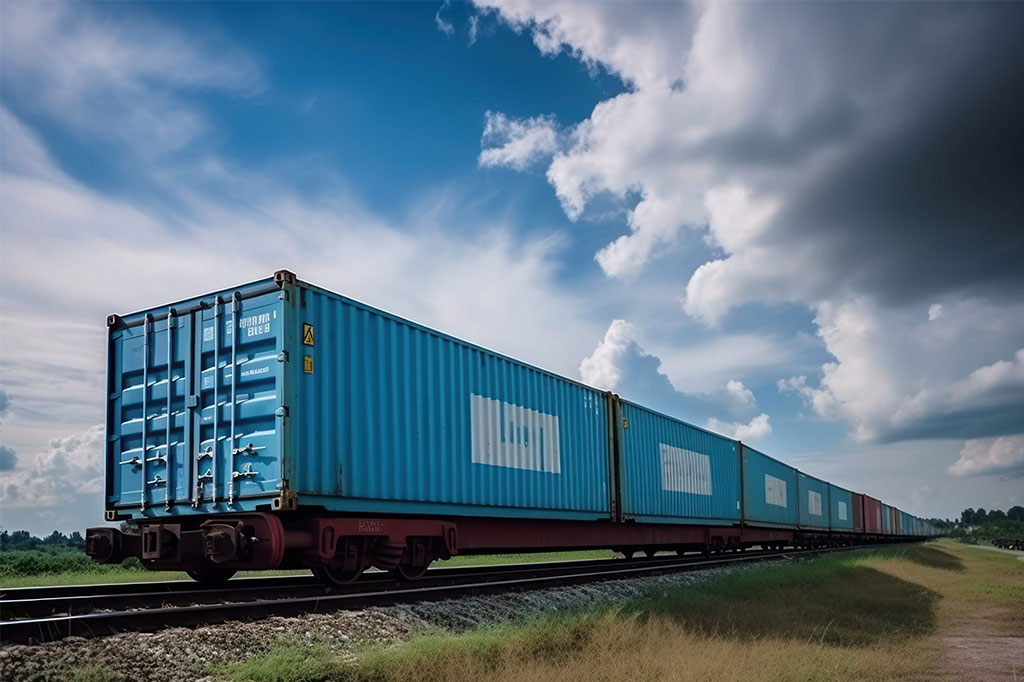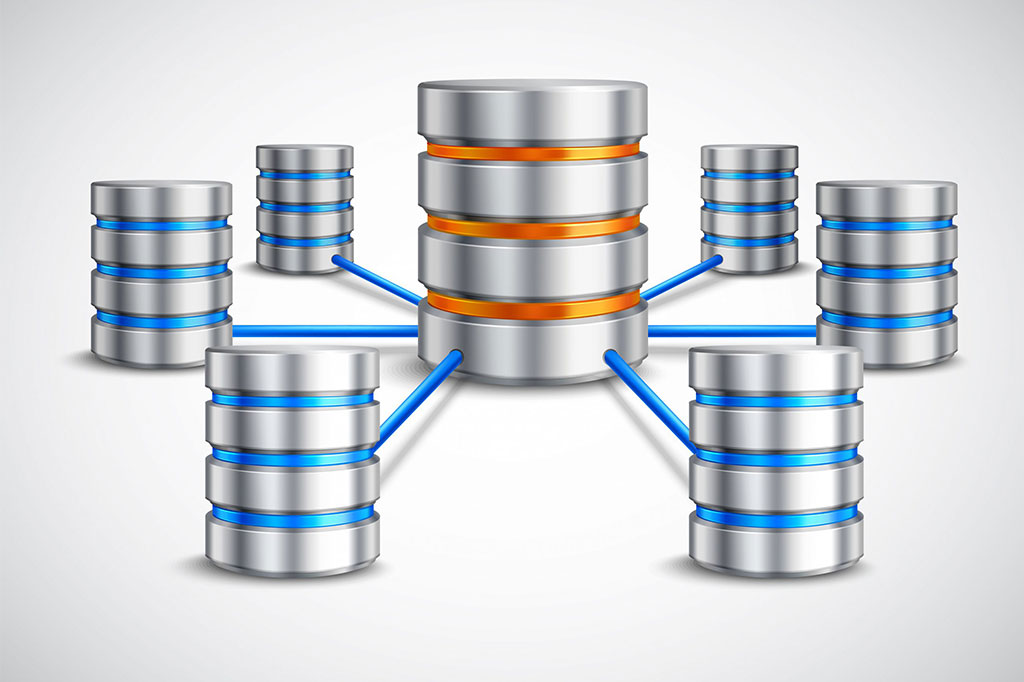
Cloud migration has become a priority for many organizations seeking greater flexibility, scalability, and efficiency in their operations. In this context, Docker and Kubernetes have emerged as key tools to facilitate successful migration of applications and services to the cloud.
I. What is Docker and How Does It Aid in Cloud Migration?
Docker is a container platform that allows you to package an application and all its dependencies into a standardized unit called a container. This provides portability and consistency across different environments, simplifying the migration of applications to the cloud. By using Docker, organizations can gain several advantages in the migration process, such as standardizing the development environment, running multiple containers on a single server, and eliminating software compatibility issues. Docker also offers an agile and flexible infrastructure for application deployment, enabling faster and easier implementation in cloud environments.
II. Benefits of Kubernetes in Cloud Migration
Kubernetes, on the other hand, is a container orchestration system that enables the management and scaling of applications in a distributed cloud environment. By utilizing Kubernetes, organizations can leverage the benefits of cloud computing, including automatic scalability, high availability, and fault tolerance. Kubernetes provides key features to facilitate cloud migration, such as efficient resource management, automated deployment and updates of applications, and workload distribution across different nodes in the cluster. With Kubernetes, applications can dynamically adapt to changing demands in the cloud environment, ensuring optimal performance and a satisfactory user experience.
III. Cloud Migration Process Using Docker and Kubernetes
The cloud migration process using Docker and Kubernetes involves several steps. Below is a practical approach to migration:
- Analysis and Preparation: In this stage, conducting a thorough assessment of existing applications and their dependencies is essential. Identifying applications that can be containerized with Docker and defining the infrastructure requirements in the cloud are crucial. Consideration should also be given to restructuring the architecture of applications to maximize the scalability and availability capabilities of Kubernetes.
- Containerization of Applications: Once the analysis is complete, proceed with packaging the applications and their dependencies into containers using Docker. This involves creating a configuration file called a “Dockerfile” that describes the components and instructions needed to build the container. Containerization ensures the portability of applications and enables their execution in different cloud environments without worrying about configuration differences.
- Deployment of Kubernetes Cluster: Configuring a Kubernetes cluster in the chosen cloud environment is a fundamental step. This entails installing and configuring the master nodes and worker nodes within the cluster. The master nodes are responsible for cluster management and control, while the worker nodes execute the containers.
- Deployment of Applications in Kubernetes: Once the Kubernetes cluster is set up, proceed with deploying the containers into the cluster. This is achieved by creating configuration files known as “deployment descriptors” that define how the containers should be run and configured. Kubernetes automatically distributes the containers across the worker nodes and manages their scalability, high availability, and resilience.
- Monitoring and Optimization: After deploying the applications in Kubernetes, it is important to establish metrics and continuously monitor the applications in the cluster. Kubernetes provides built-in tools and compatibility with various monitoring solutions to monitor the health and performance of applications in real-time. Additionally, optimizing cluster resources by adjusting automatic scalability configuration and making resource allocation adjustments to containers is crucial for optimal performance and resource utilization.
IV. Challenges and Key Considerations
While Docker and Kubernetes offer numerous benefits in cloud migration, there are also challenges and considerations to be mindful of. Some of these challenges include container security, managing persistent data, integrating with existing systems, and providing adequate training for staff in these technologies. It is important to address these challenges properly by implementing security practices, utilizing Kubernetes-compatible persistent storage solutions, and providing training and resources for personnel involved in the migration.
Cloud migration can be a complex process, but the use of Docker and Kubernetes can significantly simplify it. Docker provides portability and consistency across different environments, while Kubernetes offers management and orchestration capabilities for containers at scale. By following a practical approach and considering relevant challenges, organizations can maximize the benefits of these technologies to achieve a successful migration to the cloud.





